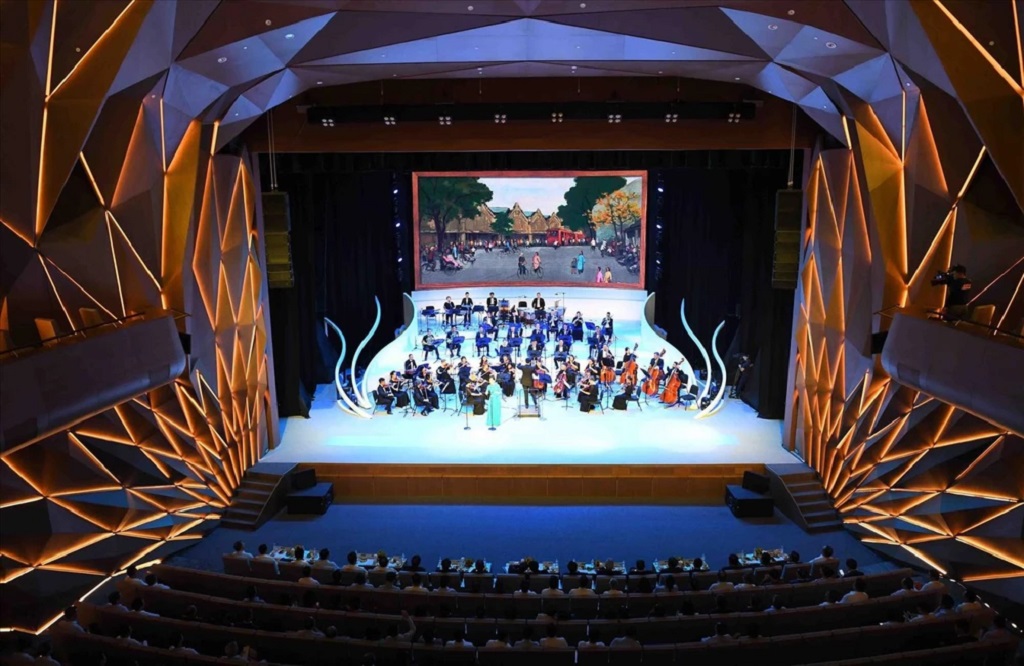Theater, with its rich history and unforgettable performances, has always captivated audiences. However, as technology advances, it’s essential to adapt and preserve these classic works for future generations. Digital conversion is revolutionizing how we save and experience theater, ensuring that these performances remain accessible and of high quality. In this blog, we’ll explore the processes and benefits of transferring film to digital, converting DVD to digital formats, and more.
Film Transfer: Saving Classic Performances
The process of transferring film to digital is crucial for preserving the legacy of theater. Analog recordings, whether on film or tape, are susceptible to degradation over time. By converting these recordings to digital formats, we can safeguard them against deterioration and make them more accessible.
The film transfer process involves several key steps:
- Inspection and Cleaning– The original film is carefully inspected for any damage or dirt, which is then cleaned to ensure the best possible transfer.
- Scanning– The film is scanned frame by frame using high-resolution scanners, capturing every detail of the performance.
- Digital Conversion– The scanned frames are converted into digital files, which can then be edited and enhanced.
- Restoration– Any visual and audio imperfections are corrected during the restoration phase, breathing new life into the old recordings.
This meticulous process ensures that valuable theatrical works are preserved in their best possible form, ready to be enjoyed by new audiences.
From DVD to Digital: Enhancing Quality and Accessibility
While DVDs were a significant improvement over VHS tapes, they still have their limitations. Converting recordings from DVD to digital formats offers numerous benefits, enhancing both the quality and accessibility of theatrical performances.
Improved Quality
Digital formats provide superior video and audio quality compared to DVDs. Advanced compression techniques and higher resolution capabilities mean that the nuances of performances are preserved more accurately, providing a more immersive viewing experience.
Increased Accessibility
Digital formats can be easily streamed or downloaded, making it simpler for audiences to access classic performances from anywhere in the world. This accessibility is especially important for educational purposes, allowing students and enthusiasts to study and appreciate theater history.
Longevity
Digital files do not degrade over time as physical media do. By converting DVDs to digital, we ensure that these recordings can be enjoyed for many years to come, without the risk of physical damage or wear and tear.
Digital Conversion: Bringing Theater to the Modern Era
The transition to digital formats marks a significant shift in how we experience and preserve theater. This modernization allows for the integration of advanced technologies, such as virtual reality and augmented reality, offering new ways to engage with performances. It also opens the door to innovative distribution methods, ensuring that theater can reach a wider and more diverse audience.
Digital Restoration: Breathing New Life into Old Performances
Digital restoration plays a critical role in the digital conversion process. By using state-of-the-art software, we can correct visual and audio defects in old recordings. This includes removing scratches, adjusting colors, and enhancing sound quality. The result is a revitalized version of the performance that remains true to the original while offering a more polished viewing experience.
Creating Digital Archives: Preserving Theater for the Future
Digital archives are essential for preserving theater’s rich history. By digitizing recordings and storing them in secure, accessible databases, we create a lasting record of theatrical performances. These archives serve as valuable resources for researchers, educators, and enthusiasts, ensuring that the legacy of theater continues to inspire future generations.
The Future of Theater Preservation: Innovations and Trends
The future of theater preservation lies in continued innovation. Emerging technologies such as artificial intelligence and machine learning are being used to enhance the digital conversion and restoration processes. Additionally, there is a growing trend towards creating interactive digital experiences, allowing audiences to engage with theater in new and exciting ways.
Conclusion
Digital conversion is transforming the way we preserve and experience theater. By transferring film to digital, converting DVDs to digital formats, and embracing modern restoration techniques, we ensure that classic performances remain accessible and of high quality. As we look to the future, continued innovation will play a crucial role in preserving the rich legacy of theater for generations to come.
Image Source:




